German Pz.Sp.Wg. 1ZM (i) 1/35
46,95€
Out of stock

*Please check our Privacy Policies to see how to we use your personal data.
*Por favor revisa nuestra Política de Privacidad para ver como tratamos tus datos personales
From the late Thirties until the outbreak of WWII, near all of the Lancias were allotted to reserve and/or second-line units or depots (even in North Africa). Although some weaknesses were noted, the Lancias were considered suitable for their role. At the beginning of WW II, the Italian Army had on hand approximately 62 Lancia 1915 and 1917 pattern armoured cars, some were re-armed with Fiat14/35 machine guns and a few others with Breda Safat 7.7 mm – a good weapon from Regia Aeronautica (Italian Air Force) stocks. Only in the very later part of 30’s some progress had been made in the general direction of mechanization.
Very few Lancias saw action during the early years of the war, as it rapidly became obvious that their thin armour and poor armament could not face enemy weaponry with immunity. The outbreak of the war in June of 1940 found the Italian armoured units in AOI (Italian East Africa) almost completely unprepared, even for her own defence. Between the few armoured vehicles present in the country were few Lancias
However, the vehicle remained in service throughout the war, until 1943. Only six Lancias were in the armoured car platoon of the ‘Battaglione Misto Egeo’ (Mixed Battalion, Aegean) at the Psito barracks on the island of Rhodes, under the command of the Italian ‘Regina’ infantry division. They took part in the confusing events of the armistice in September 1943 and in the confrontation with the Germans, but the crews had to sabotage their vehicles to prevent them from falling into German hands. A few of the armoured cars were lost in the Balkans, but records are scanty. Others vehicles were seized by the Germans after Italy switched sides in 1943 and given the designation of Panzerspähwagen 1ZM (I). They were used almost entirely from February 1944 around Abbazia and Fiume for anti-partisan duties, where their lack of armor protection and firepower would not be as critical. IN 1945 the Lancias was employed in North-East Italy.
- Transparent parts for headlights
- Rubber wheels
- Engine and interior included
- Cartograf printed decals
- Instruction in colour
Desde finales de los años treinta hasta el estallido de la Segunda Guerra Mundial, casi todas las Lancias fueron asignadas a unidades o depósitos de reserva y / o de segunda línea (incluso en el norte de África). Aunque se observaron algunas debilidades, los Lancia se consideraron adecuados para su función. Al comienzo de la Segunda Guerra Mundial, el ejército italiano tenía a mano aproximadamente 62 carros blindados Lancia 1915 y 1917, algunos fueron armados nuevamente con ametralladoras Fiat14 / 35 y algunos otros con Breda Safat 7.7 mm, una buena arma de la Regia Aeronautica. Acciones (Fuerza Aérea Italiana). Sólo en la última parte de los años 30 se habían realizado algunos avances en la dirección general de la mecanización.
Muy pocos Lancias vieron acción durante los primeros años de la guerra, ya que rápidamente se hizo evidente que su delgada armadura y su pobre armamento no podían enfrentar el armamento enemigo con inmunidad. El estallido de la guerra en junio de 1940 encontró a las unidades blindadas italianas en AOI (África Oriental Italiana) casi completamente desprevenidas, incluso para su propia defensa. Entre los pocos vehículos blindados presentes en el país se encontraban pocos Lancias
Sin embargo, el vehículo permaneció en servicio durante toda la guerra, hasta 1943. Solo seis Lancias estaban en el pelotón de vehículos blindados del ‘Battaglione Misto Egeo’ (Batallón Mixto, Egeo) en el cuartel de Psito en la isla de Rodas, bajo el mando de la división de infantería italiana “Regina”. Participaron en los confusos hechos del armisticio de septiembre de 1943 y en el enfrentamiento con los alemanes, pero las tripulaciones tuvieron que sabotear sus vehículos para evitar que cayeran en manos alemanas. Algunos de los vehículos blindados se perdieron en los Balcanes, pero los registros son escasos. Otros vehículos fueron incautados por los alemanes después de que Italia cambiara de bando en 1943 y recibieran la designación de Panzerspähwagen 1ZM (I). Se utilizaron casi en su totalidad desde febrero de 1944 en Abbazia y Fiume para tareas antipartisanas, donde su falta de protección de armadura y potencia de fuego no sería tan crítica. EN 1945, los Lancia se emplearon en el noreste de Italia.
- Partes transparentes para faros
- Ruedas de goma
- Motor e interior incluidos
- Calcas impresas Cartograf
- Instrucción en color



"Exclusive Product Walk Around"
Additional information
| Weight | 0,88 kg |
|---|---|
| Dimensions | 32 × 23 × 6 cm |
| Army | German, Italian |
| Brands | |
| Materials | Plastic |
| Product | |
| Pack | Single |
| Scale | 1/35 |
| Theme | AFV, Military |

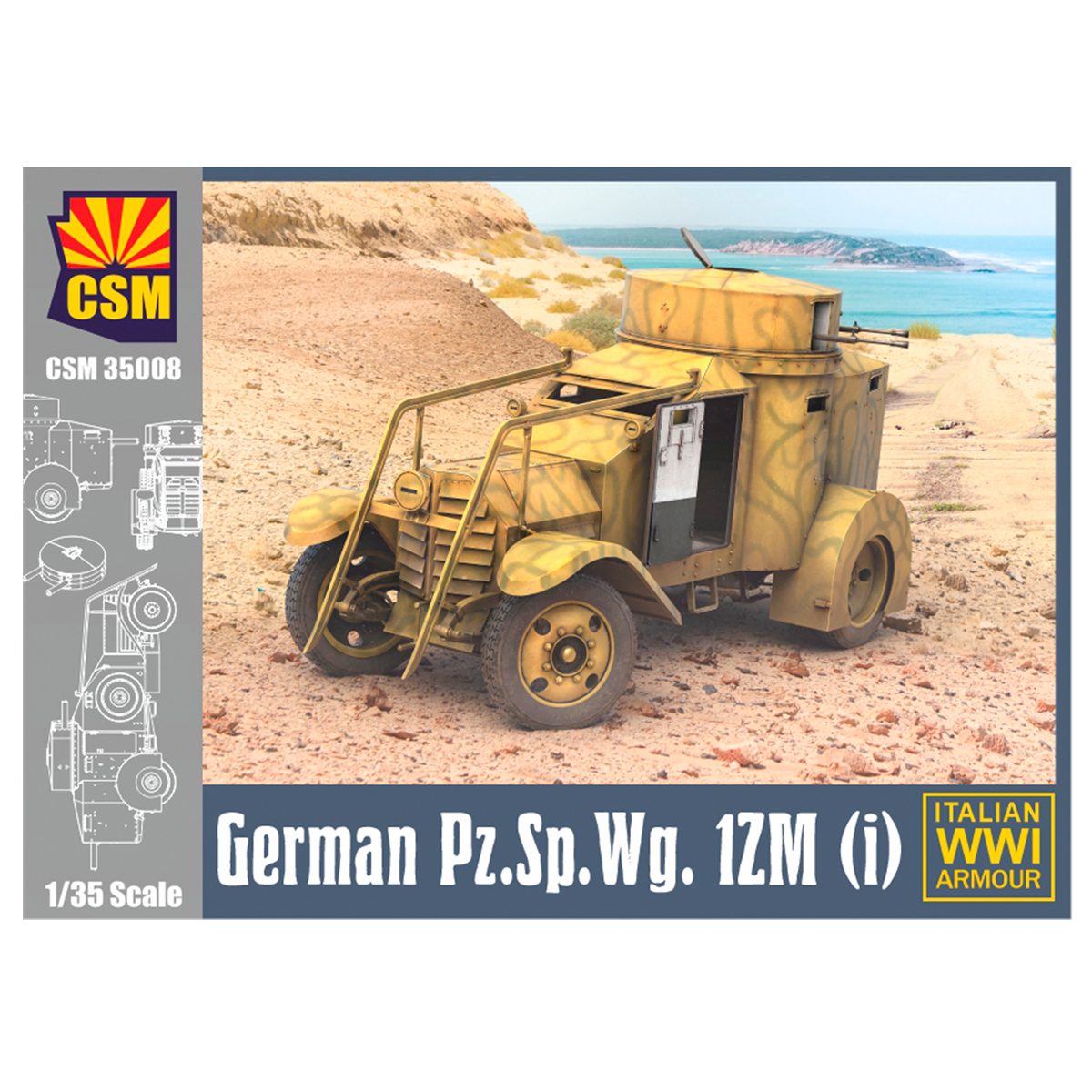
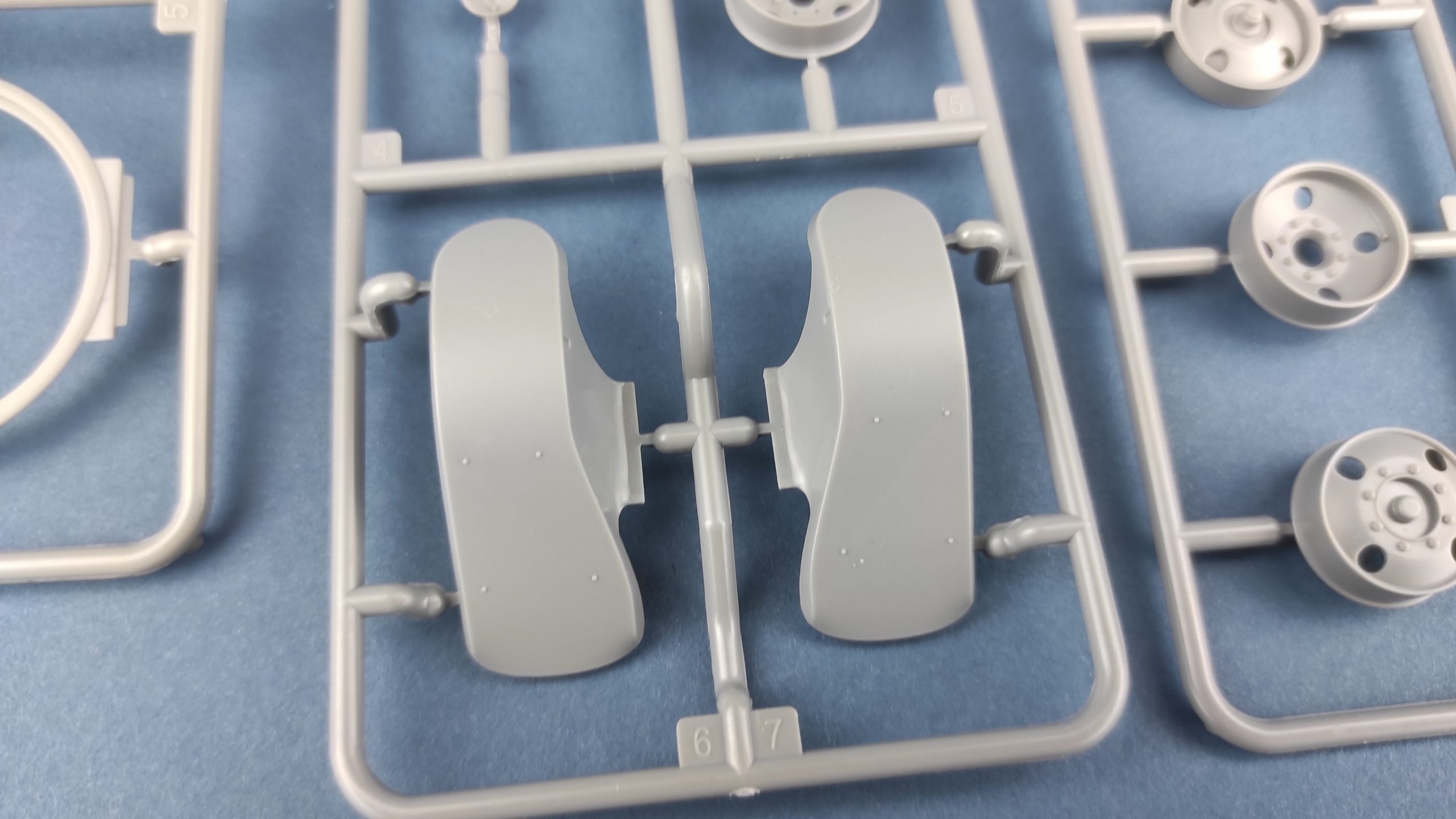
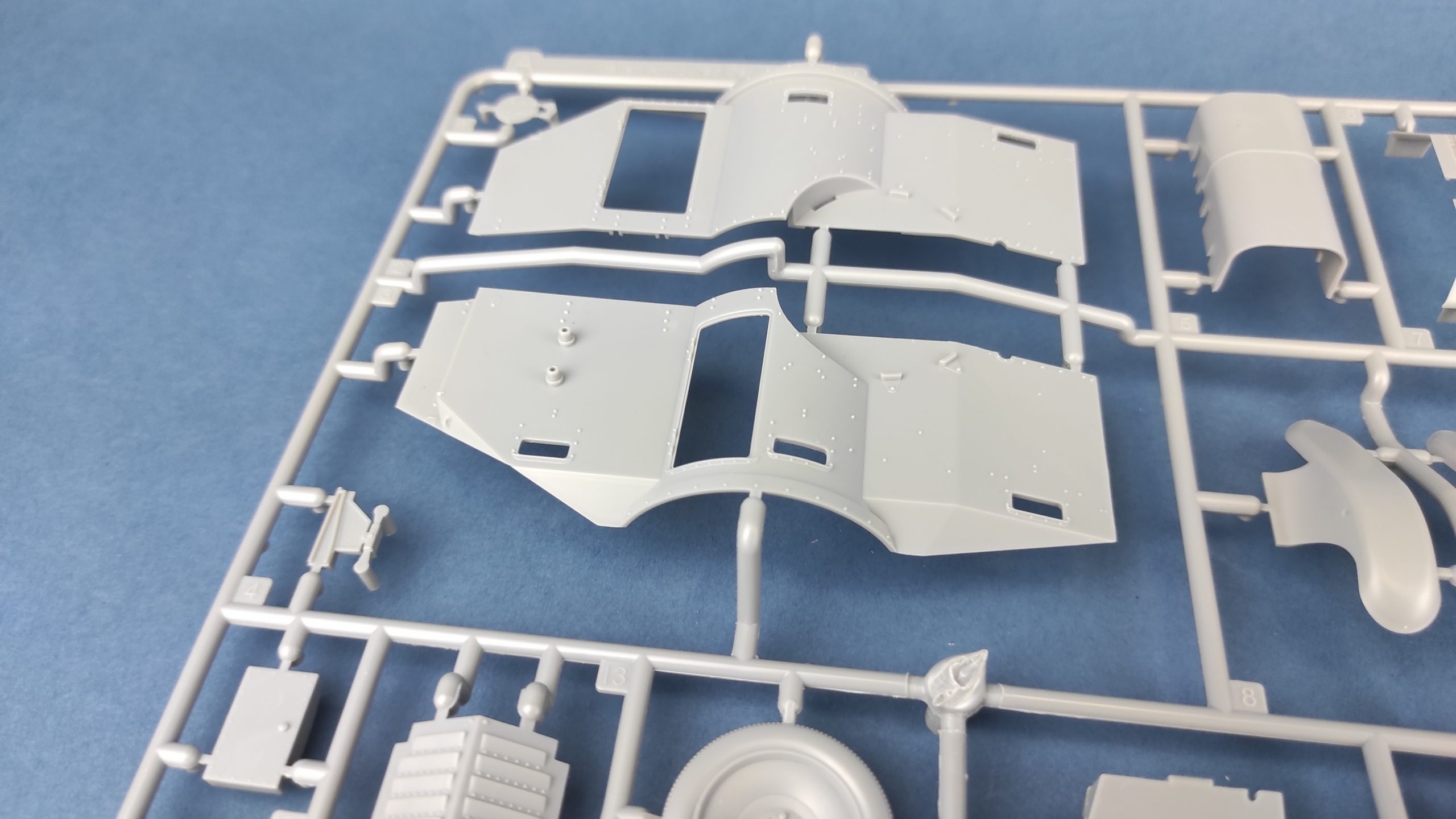
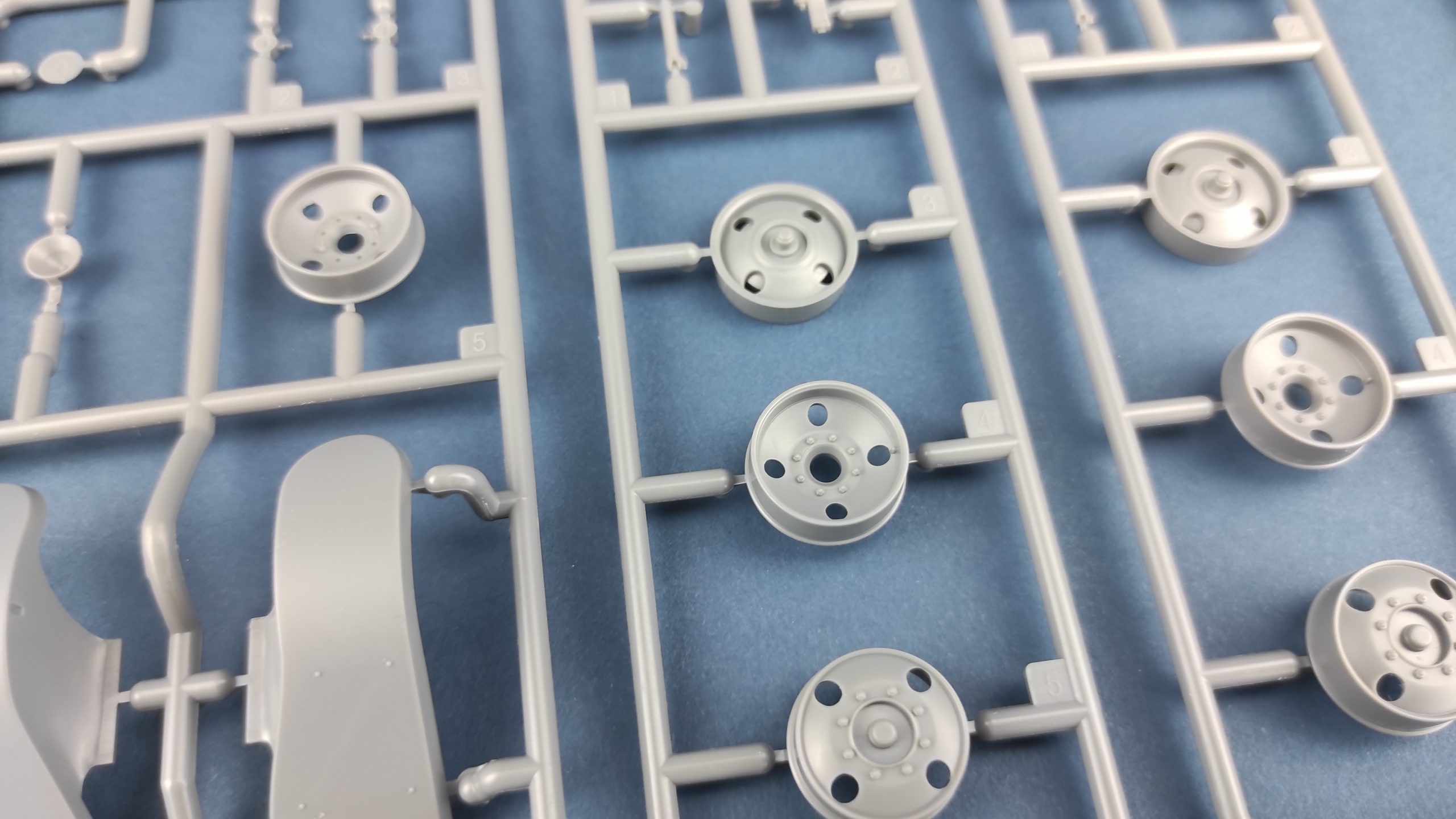
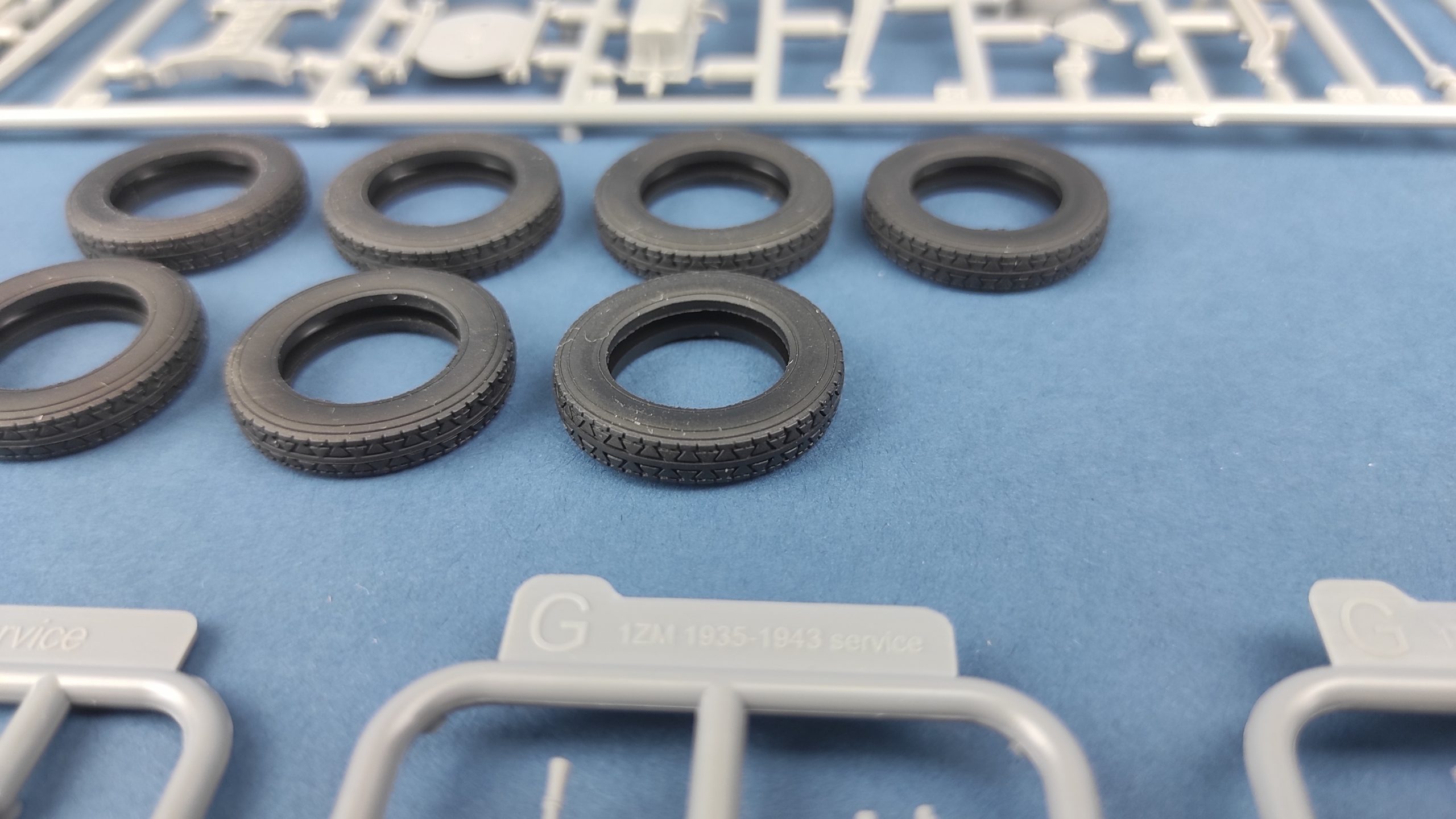
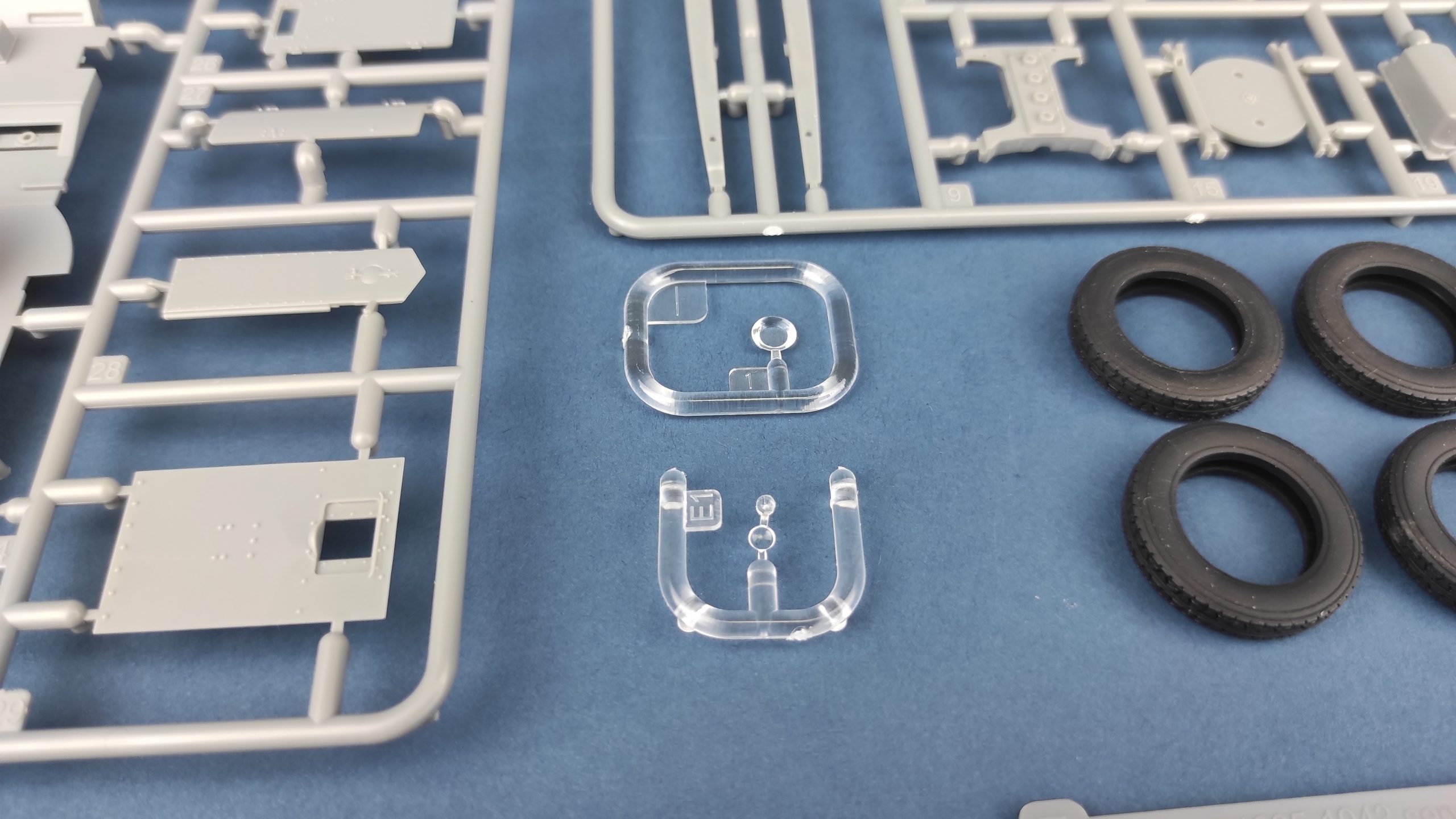
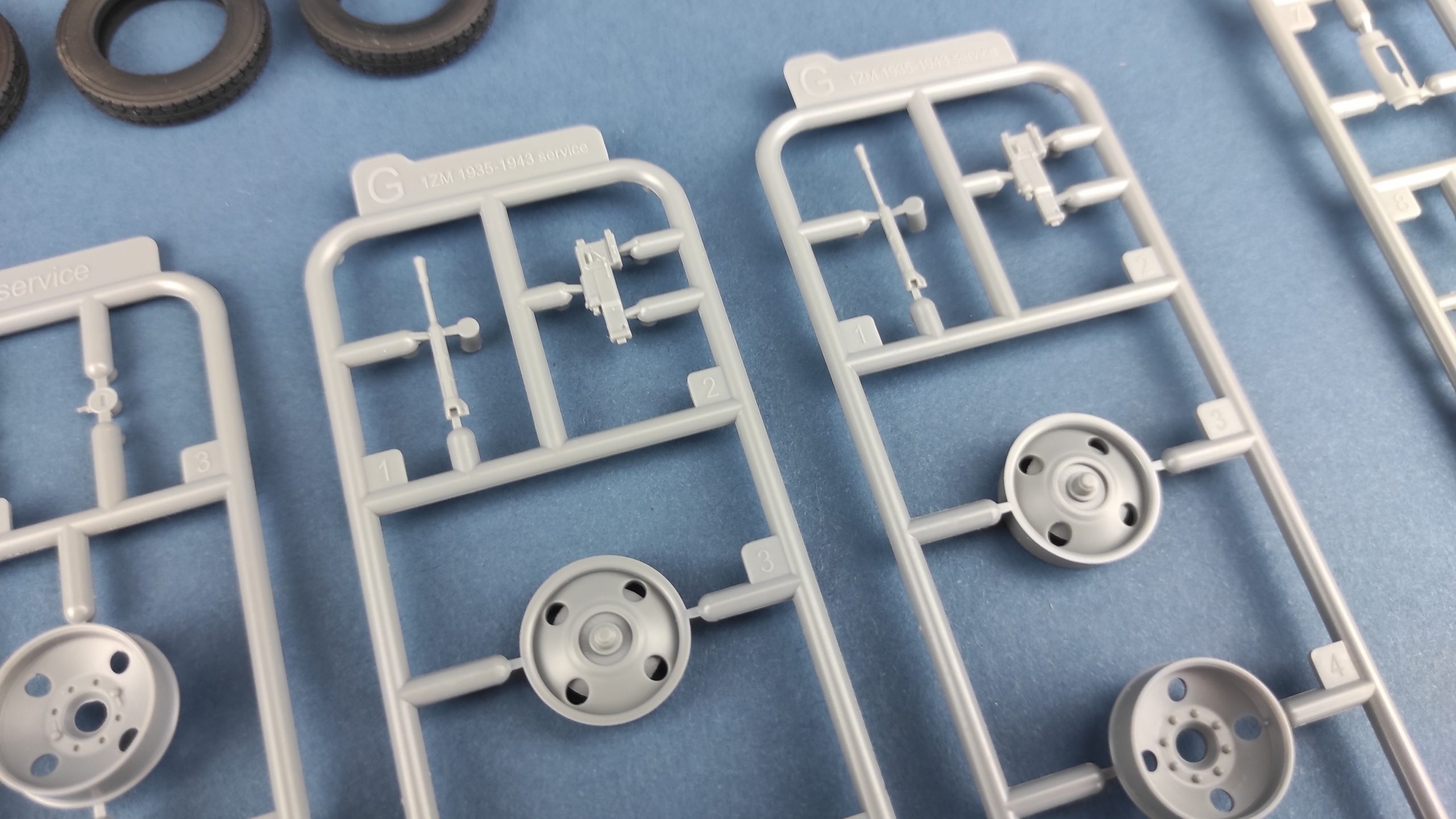
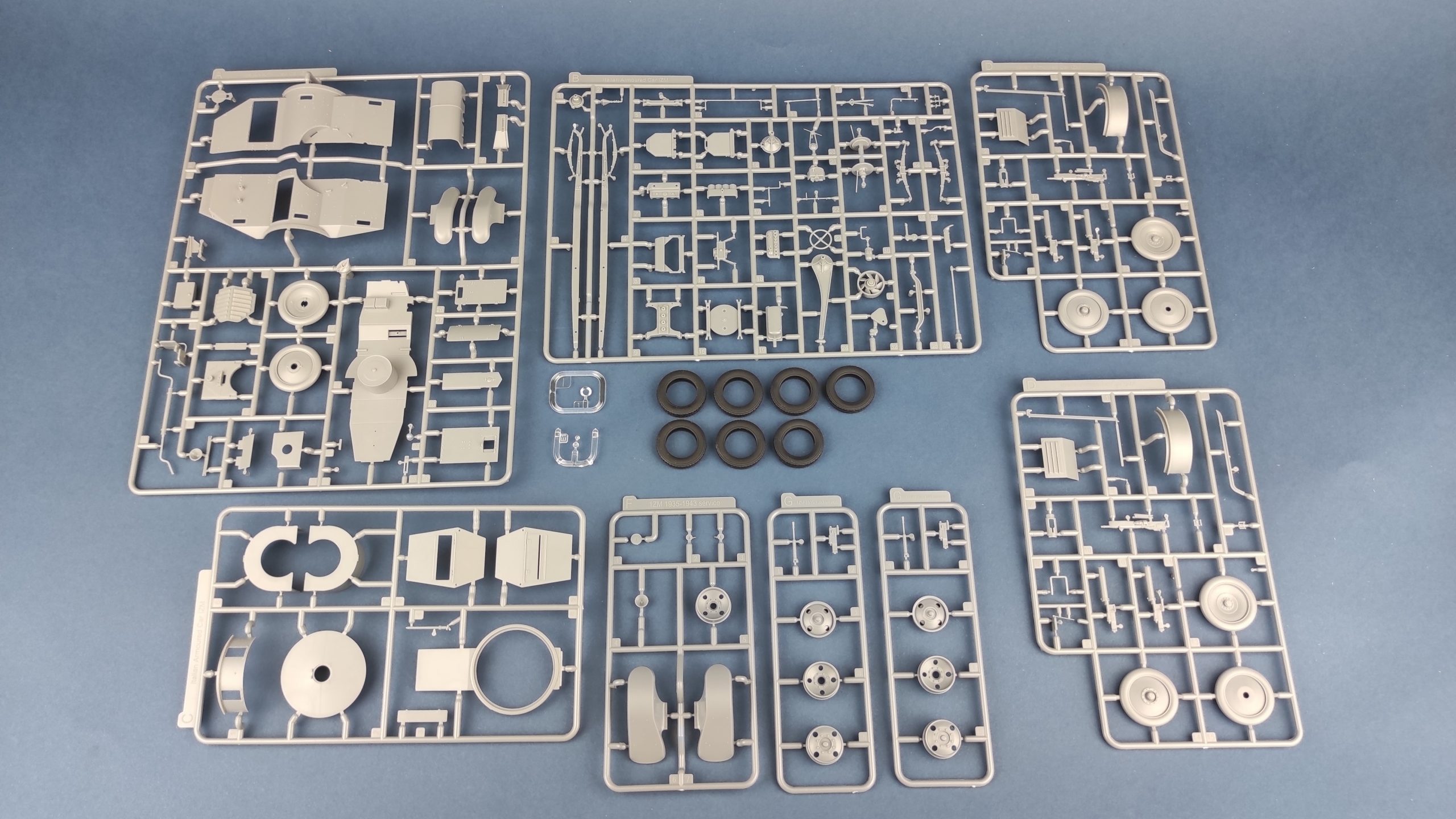
 Request of SDS product data file / Product security
Request of SDS product data file / Product security